Have you ever wondered about the intricacies of the tiny creatures that inhabit our world? Insects, with their incredible diversity and fascinating behaviors, have intrigued and mystified humans for centuries. But there’s a common confusion that lingers like a persistent fly: the distinction between “bug” and “insect.” Is there a difference, and if so, what is it? In this exploration of insect identification, we’ll unravel this enigmatic terminology, dissect the distinctions, and shed light on the fascinating world of entomology.
The Insect Identification Puzzle
Before we delve into the intricate realm of insect identification, let’s address the initial question that often perplexes both amateur enthusiasts and seasoned entomologists: What is the difference between a “bug” and an “insect”? It turns out, the distinction lies in the realm of taxonomy.
What Constitutes an Insect?
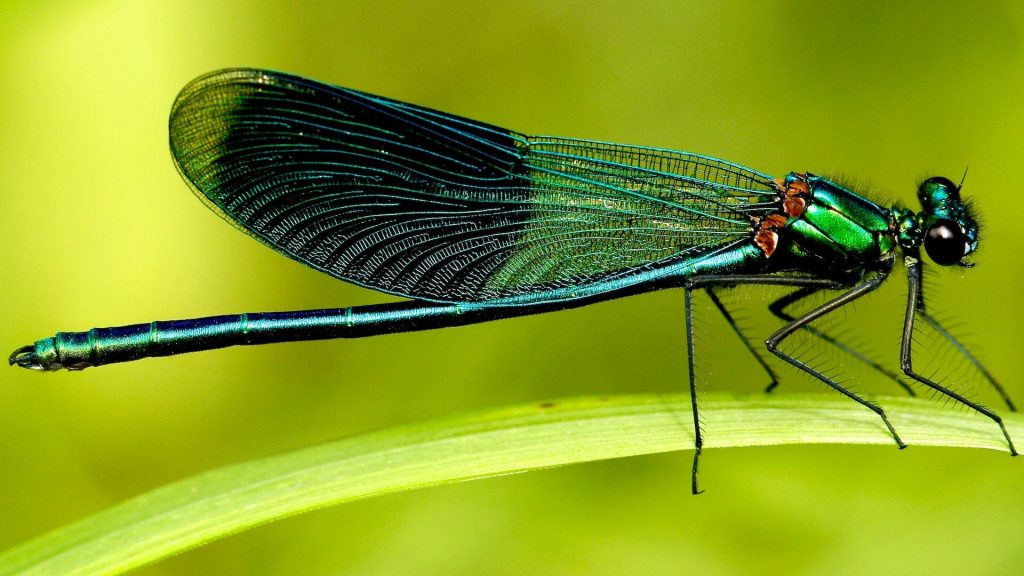
Insect identification begins with understanding the characteristics that define these remarkable creatures. To be classified as an insect, an organism must meet certain criteria:
- Six Legs:
All insects have precisely six legs. This hexapod structure is a fundamental characteristic that separates them from other arthropods. - Three Body Segments:
Insects have a body divided into three segments: the head, thorax, and abdomen. Each segment serves specific functions vital to the insect’s survival. - Antennae:
Most insects have antennae, sensory organs that help them navigate their environment and communicate with others of their kind. - Exoskeleton:
Insects sport a tough exoskeleton made of chitin that provides support and protection.
Deciphering the “Bug” Conundrum
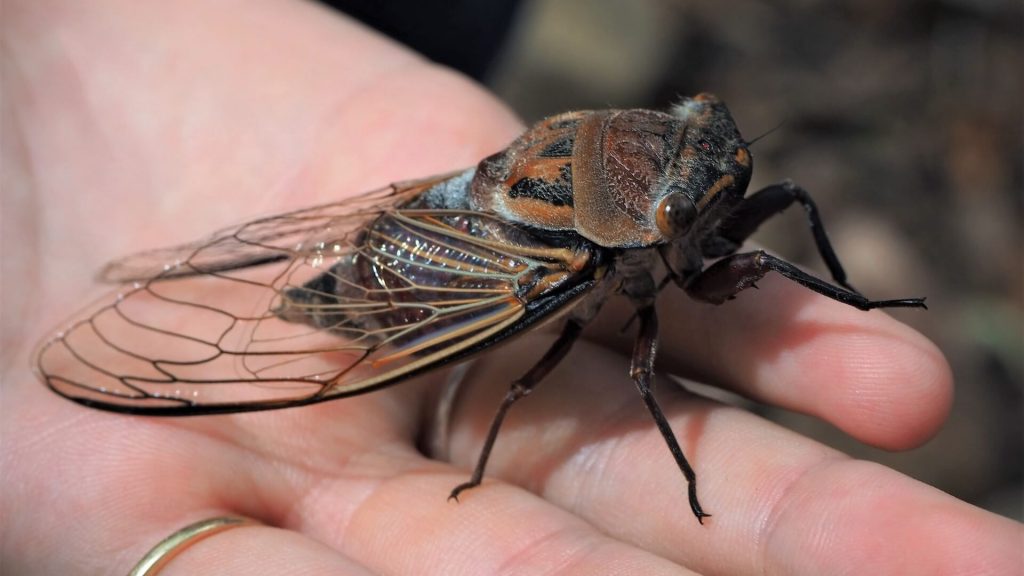
Now that we’ve clarified what constitutes an insect, let’s unravel the mystery of the term “bug.” While many people use the words “bug” and “insect” interchangeably, they aren’t entirely synonymous.
In entomological terms, a “bug” is a specific subset of insects that belongs to the order Hemiptera. These insects have some unique features:
- Piercing-Sucking Mouthparts:
True bugs, like aphids and stink bugs, have specialized mouthparts that pierce plant tissues and extract fluids. This trait sets them apart from other insects. - Half-Wings:
Many true bugs have forewings that are partially thickened at the base and membranous at the tips. These half-wings are a distinctive characteristic. - Odorous Glands:
Some true bugs have odorous glands that release distinct scents when disturbed, earning them the common name “stink bugs.”
The Importance of Accurate Insect Identification
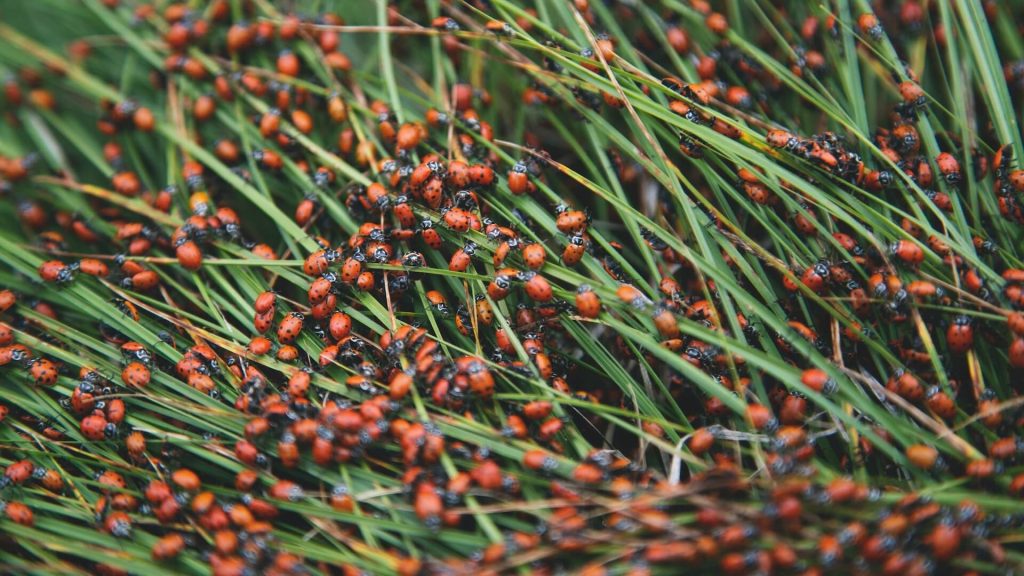
Why is it crucial to distinguish between different insects accurately? Insect identification holds significance for several reasons:
- Ecological Balance:
Understanding the role of various insects in ecosystems helps us appreciate their importance in maintaining ecological balance. - Pest Management:
Identifying harmful insects allows us to develop effective pest management strategies while preserving beneficial species. - Scientific Research:
Proper identification is the foundation of scientific research on insects, contributing to our knowledge of biodiversity and evolution. - Conservation Efforts:
Accurate identification plays a pivotal role in conservation efforts, helping protect endangered and vulnerable species.
The Wonderful World of Insect Identification Techniques

The world of insect identification is rich and diverse. Entomologists and amateur enthusiasts employ various techniques to identify insects accurately. Some common methods include:
- Field Guides:
Specialized field guides offer detailed illustrations and descriptions of insects, making it easier to identify them in their natural habitats. - Insect Keys:
Identification keys are tools that use a series of questions or characteristics to lead the user to the correct insect species. - Digital Apps:
In today’s digital age, there are numerous smartphone apps that use image recognition technology to identify insects based on photographs. - Entomological Societies:
Joining local entomological societies can provide access to experts who can assist with insect identification.
Insect Identification for Amateurs
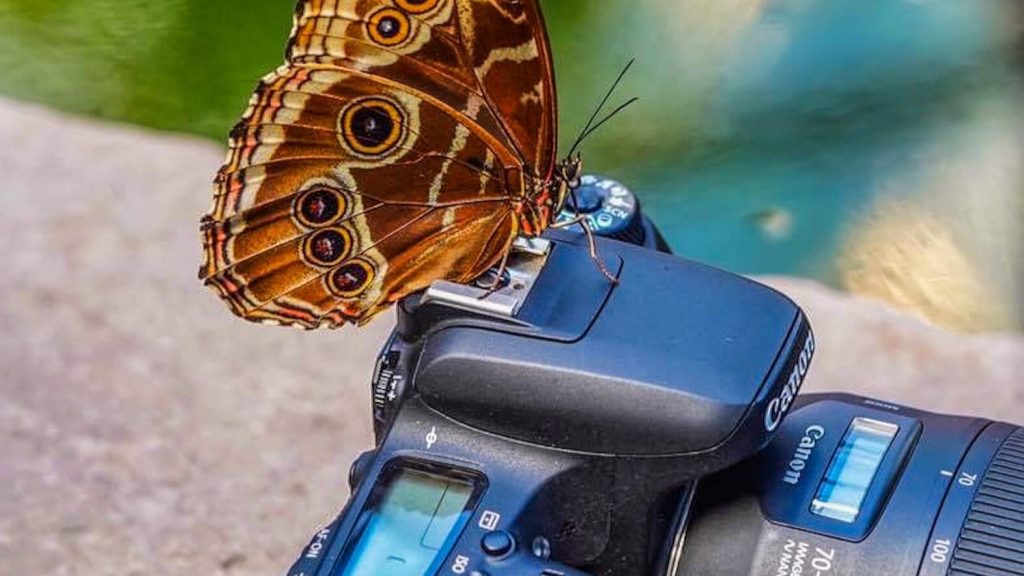
You don’t have to be a professional entomologist to indulge in the fascinating world of insect identification. Here are some tips for beginners:
- Observe Behavior:
Watch the behavior of the insect you’re trying to identify. Feeding habits, mating rituals, and nesting behaviors can offer valuable clues. - Photography:
Take clear photographs of the insect from different angles, focusing on key characteristics. This will help you match your find with resources or experts. - Online Communities:
Participate in online forums and social media groups dedicated to insect identification. Sharing your findings with experienced enthusiasts can provide valuable insights.
Real-Life Bug or Insect Scenarios
To illustrate the intricacies of insect identification, let’s explore a few real-life scenarios that showcase the challenges faced by entomologists and amateur bug enthusiasts alike:
The Mantis or the Stick Insect?
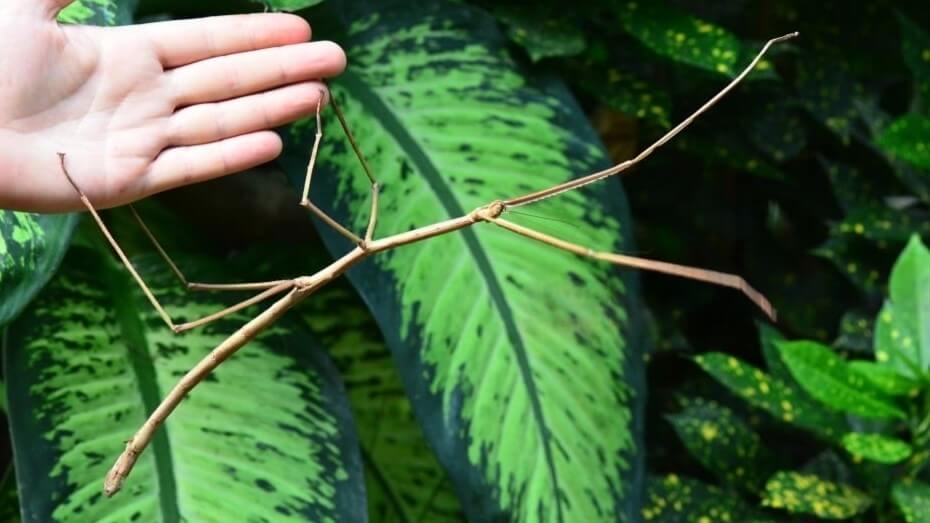
Imagine you’re hiking in a lush forest, and you come across an insect that seems to blend seamlessly with the vegetation. Its elongated body and posture resemble a twig. Is it a mantis or a stick insect? Both belong to the insect world, but they are distinct in their taxonomy.
- Mantis:
Mantis insects belong to the order Mantodea. They are known for their prominent raptorial forelimbs used for hunting prey. Mantises are skilled predators that capture and devour other insects. - Stick Insect:
Stick insects, on the other hand, belong to the order Phasmatodea. Their long, slender bodies mimic twigs, leaves, or bark, serving as camouflage against predators. Stick insects are primarily herbivores.
The Honeybee or the Yellow Jacket?
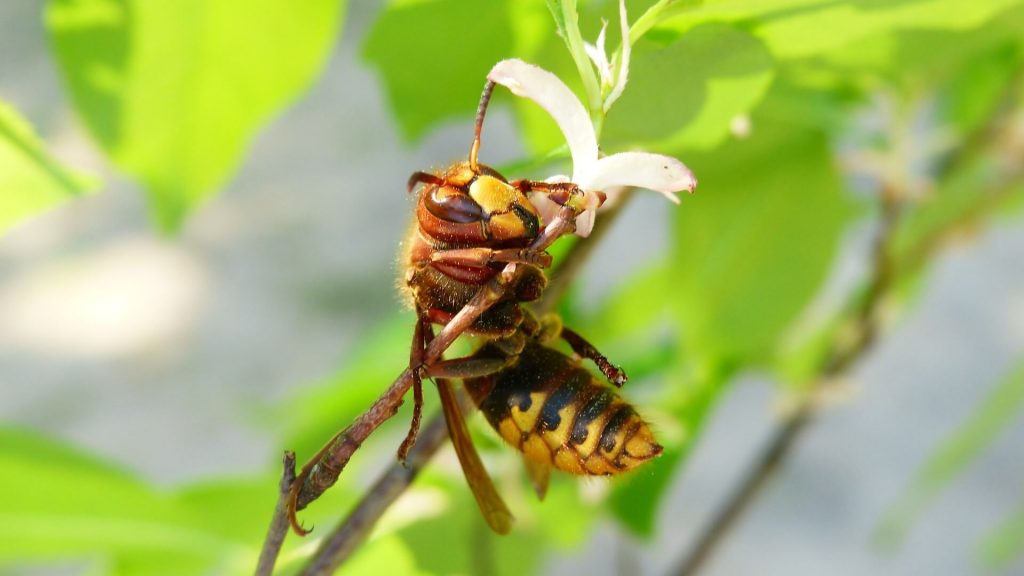
During a sunny picnic, you notice a buzzing, yellow-and-black striped insect approaching your sweet treats. Is it a honeybee or a yellow jacket? Insect identification here is more straightforward:
- Honeybee:
Honeybees belong to the family Apidae and play a vital role in pollination and honey production. They are generally not aggressive unless provoked. - Yellow Jacket:
Yellow jackets, on the other hand, are wasps that belong to the family Vespidae. They are known for their aggressive nature, especially when protecting their nests. Yellow jackets are predators and scavengers.
Conclusion
In the world of insect identification, the distinction between a “bug” and an “insect” hinges on the scientific classification, where “bug” specifically refers to a subset of insects belonging to the Hemiptera order. Understanding the differences between various insects is essential for appreciating their roles in ecosystems, managing pests effectively, and contributing to scientific research and conservation.
As you embark on your own insect identification journey, whether as a passionate amateur or a budding entomologist, remember that each insect has a unique story to tell. Whether it’s the fierce predator like the mantis, the gentle pollinator like the honeybee, or the elusive stick insect camouflaging in plain sight, each contributes to the rich tapestry of life on our planet.